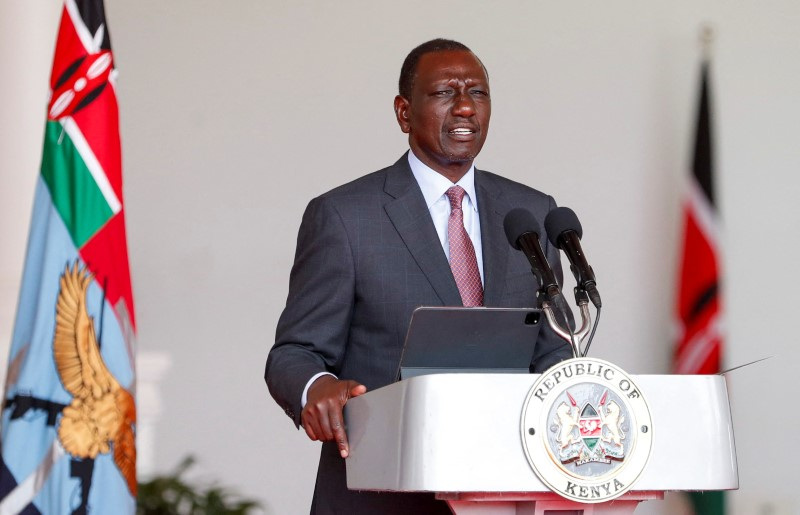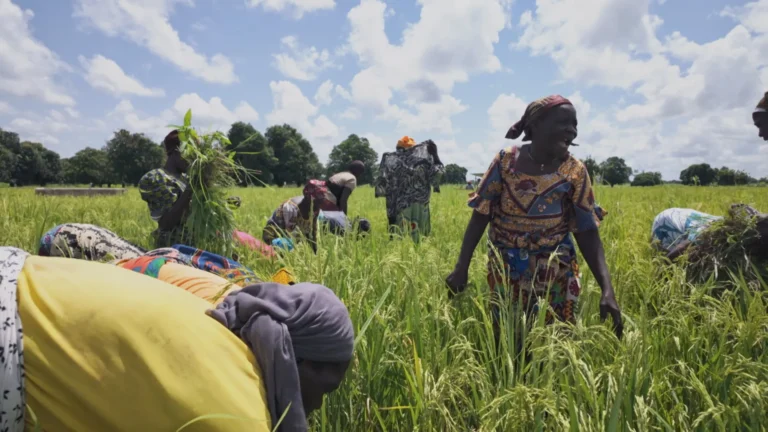
Kenya's President William Ruto announces the nominees for Cabinet Secretaries in his government, in the wake of nationwide protests over new taxes, at State House in Nairobi, Kenya July 24, 2024. REUTERS/Thomas Mukoya
Kenya’s latest Treasury bond auction has highlighted a clear preference among investors for shorter long-term maturities, with the Central Bank of Kenya (CBK) reporting oversubscription for 20- and 25-year bonds while 30-year bonds struggled to attract buyers.
At Wednesday’s auction, CBK offered KSh 40 billion worth of 20- and 25-year Treasury bonds, receiving bids totalling KSh 97.3 billion. The central bank successfully raised KSh 61.4 billion from the oversubscribed instruments.
In contrast, the reopened 30-year Treasury bond, with a coupon rate of 12.0%, attracted only KSh 8.1 billion in bids against an offer of KSh 20 billion, raising a mere KSh 2.4 billion.
Market analysts attribute the disparity to pricing and yield differences. The 20-year and 25-year bonds offered higher coupon rates of 13.2% and 14.188%, respectively, making them more attractive to investors wary of locking in lower-yielding, ultra-long-term bonds amid the risk of rising interest rates.
“Long-term bonds with lower yields become less appealing when investors anticipate future rate hikes, as this can erode their value,” noted a local bond dealer.
The maturities for the bonds are staggered, with the 20-year bond due on 1 March 2038, the 25-year on 23 September 2047, and the 30-year on 21 January 2041. The auction forms part of CBK’s ongoing effort to raise funds for budgetary support, with September sales surpassing the targeted KSh 60 billion.
This trend follows robust participation in August, when CBK accepted KSh 179.77 billion in a tap sale of two infrastructure bonds, far exceeding the initial target of KSh 50 billion. Earlier that month, a separate infrastructure bond sale attracted bids of KSh 323.43 billion against an offer of KSh 90 billion, with KSh 95.01 billion accepted.
Investors’ selective appetite underscores the market’s sensitivity to yield and maturity, suggesting that while Kenya’s debt instruments remain in demand, pricing strategies for ultra-long-dated bonds may need adjustment to attract broader participation.



